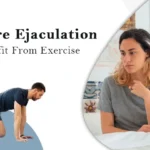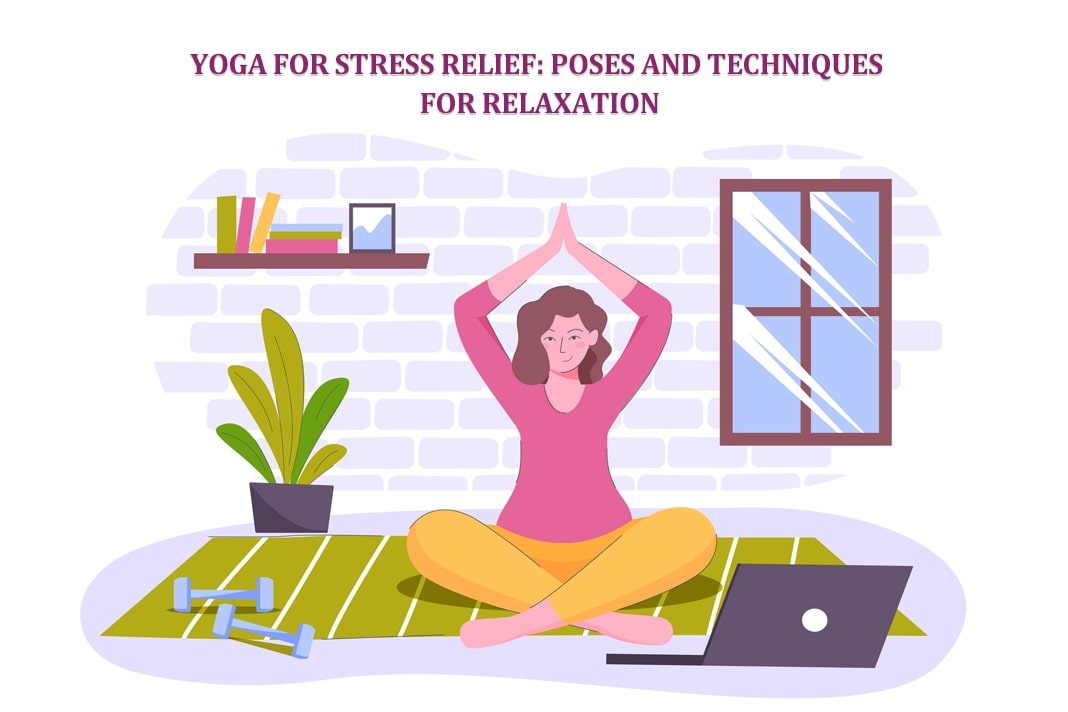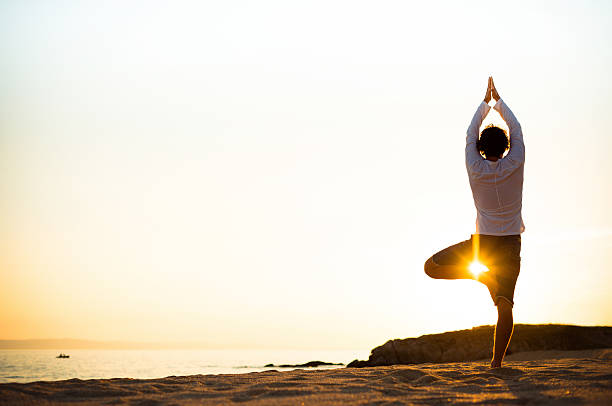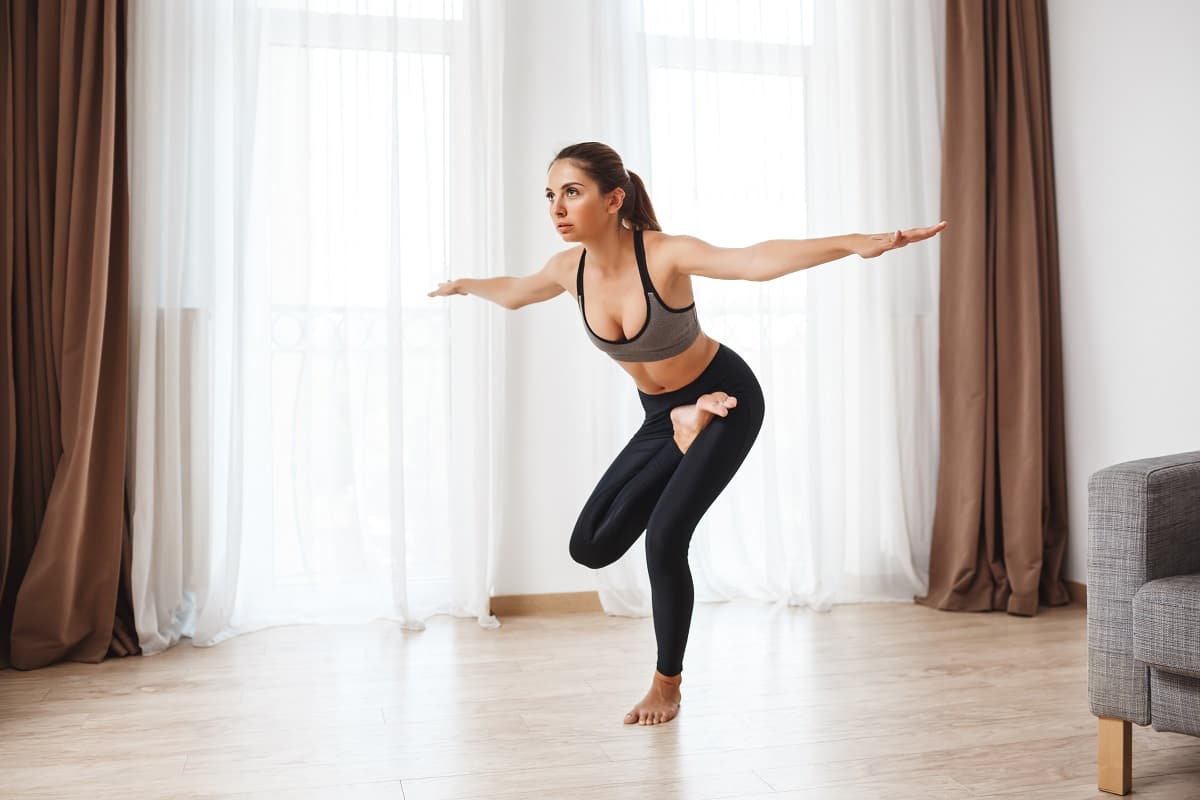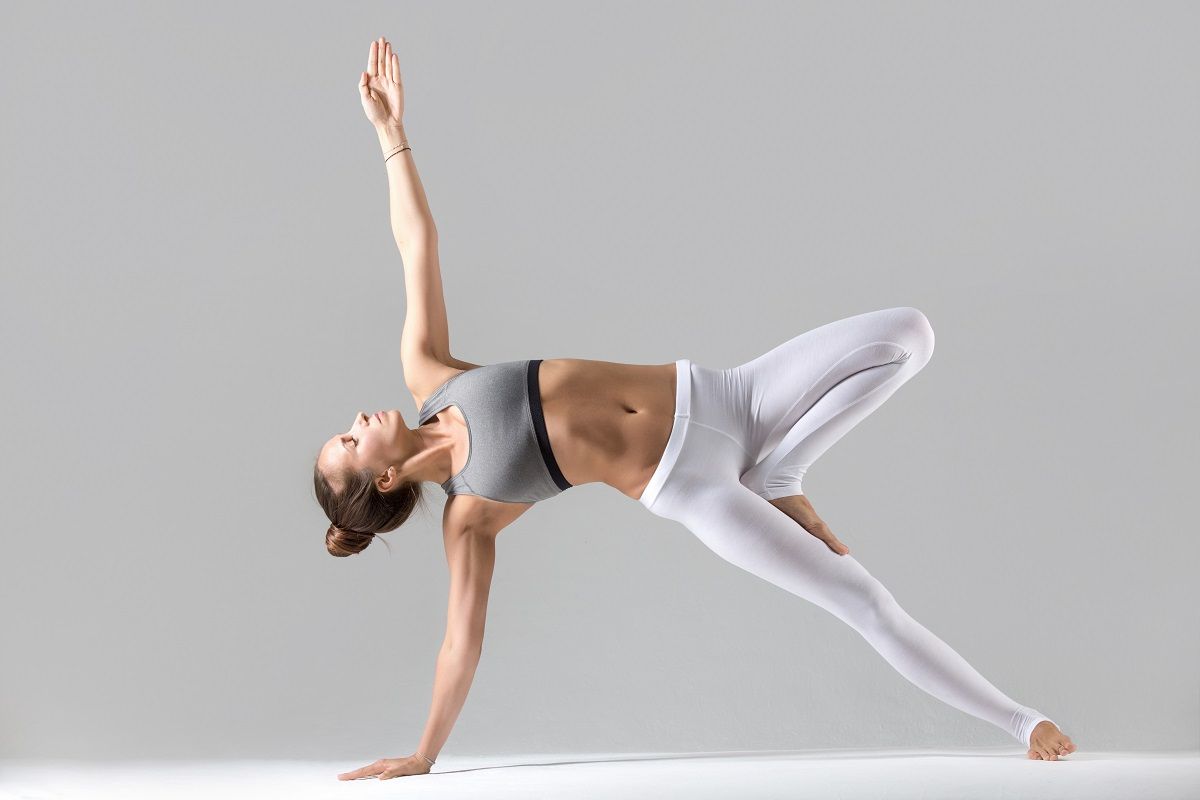Are you feeling as though you cannot cope with it all? Stress is an inevitable part of the current society, and it has far-reaching effects on our mental and physical well-being. Yoga is a powerful tool for relaxation and rejuvenation as we aim to manage this stress.
Yoga is a comprehensive practice that combines physical postures, breathing exercises, and meditation. Its roots are traced back to ancient India. In addition to strengthening the body, yoga also provides mental peace from the chaos of life. In this article, we will focus on various yoga poses and techniques specifically meant for relieving stress.
These methods can assist you in finding calmness and stability in your day-to-day life, regardless of whether you are experienced or new to yoga. Explore yoga’s potential to transform how you approach stress and relaxation.
The Power of Breath: Pranayama
Breath is one of the critical aspects of yoga. Controlled breathing, referred to as pranayama, plays a significant role in calming thoughts and reducing tension. One very simple but effective technique for breathing is deep belly breathing. To do this, sit or lie down comfortably.
Place one hand on the abdomen and the other on the chest. Draw in air deeply via your nose, with your abdominal area expanding and your chest standing still. Let out an easy breath through your mouth, feeling your belly fall. Deep rhythmic breathing like this engages the parasympathetic nervous system, which helps counteract stress and bring about relaxation.
Nadi Shodhana: Alternate Nostril Breathing
Another powerful way of breathing is alternate nostril breathing, also known as Nadi Shodhana. In this technique, both the left and right brain hemispheres are balanced, leading to mental clarity while at the same time reducing anxiety. To do Nadi Shodhana, sit comfortably with a straight spine. Close your right nostril with your right thumb and inhale deeply through the left nostril.
Your right ring finger closes the left nostril while releasing the right one that you exhale through. Then, breathe in again using the right nostril, close it with a thumb, and breathe out using the left nostril through an exhalation process. This alternating manner of respiration calms down not only our nerves but also enhances concentration and attentiveness.
Relaxation Poses: Child’s Pose (Balasana)
Child’s Pose is very effective for calming, relaxing the mind and reducing muscle tension. Kneel onto a floor, bringing both big toes together, touching each other, or side by side; sit back onto heels. Spread your knees about hip-width apart and fold forward, extending your arms in front of you or resting them by your sides.
Allow your forehead to sleep on the mat, and take slow, deep breaths. This pose gently stretches the lower back, hips, and thighs while promoting safety and grounding.
Forward Bend: Uttanasana
Uttanasana, also called standing forward bend, is a soothing pose that works on the spine, neck and shoulder muscles. To do this posture, stand with the feet hip-width apart. Breathe to elongate your back while exhaling, and fold forwards from your hips with slightly bent knees.
Allow your head to be heavy as you hang forward and rest your hands on either side of your shins or reach opposite elbows. Focus on your breath so that with every exhale, let go of some tension in you. This position improves circulation within the body, reduces exhaustion and calms down the nerves.
Gentle Stretch: Cat-Cow Pose (Marjaryasana-Bitilasana)
The Cat-Cow Pose is part of a warm-up sequence that helps make the spine more flexible. For Cat-Cow Pose, begin by getting onto all fours in a tabletop position. Arch your back; extend your nose towards the ceiling and push your tailbone up while lowering your belly (Cow Pose) as you inhale deeply inside it.
While exhaling thoroughly, round the lower back away from the floor, chin into the chest, squeezing the navel towards the spine (Cat Pose). Keep moving between these two positions with every breath, focusing only on how smoothly the backbone moves throughout the process. In this order of poses, headaches are relieved; tension is eased from shoulders and back, strengthening spinal mobility.
Grounding Pose: Legs-Up-the-Wall (Viparita Karani)
Viparita Karani, or Legs-up-the-Wall Pose, is vital for relaxation and stress reduction. To practice this pose, sit beside a wall and lay flat on your back. Swing your legs up the wall and shuffle toward the wall with your hips as much as possible. Extend both arms to the sides or gently place them upon the belly. Shut your eyes and breathe deeply, allowing the body to relax fully. This pose helps improve circulation, reduce swelling in the legs, and calm the nervous system, thus having a positive effect on anxiety relief and peace of mind.
Meditation: Mindfulness and Body Scan
There is also meditation in yoga for stress relief apart from physical poses and breathing techniques. Mindfulness meditation involves paying attention to what’s happening now without judging it. Find a comfortable seated position, close your eyes, and focus on your breaths. Feel how air enters you while breathing in and out slowly through your nose.
Whenever you are distracted, gently bring yourself back to focus by concentrating on the inhalation\exhalation pattern of respiration. Another effective meditation technique is a body scan, whereby you lie comfortably with closed eyes. Starting from the top of your head, slowly bring your attention to each part of your body, noticing any tension or discomfort. Breathe into each area, consciously relaxing and releasing tension as you move to your toes. This practice enhances body awareness, reduces stress, and promotes overall relaxation.
Bridge Pose (Setu Bandhasana)
Setu Bandhasana, or the Bridge Pose, is a gentle backbend that opens the chest, elongates the spine, and reduces anxiety. To perform this pose, lie on your back with your knees bent and feet planted flat on the floor. Place hands by sides with palms down.
Push feet onto the ground, raising hips towards the ceiling. Grip your hands together underneath you so that you can press your arms against the mat for stability. Hold the pose for several breaths, focusing on lifting your chest and expanding your lungs. This pose not only strengthens the back and glutes but also promotes relaxation by releasing tension in the lower back and improving circulation.
Corpse Pose (Savasana)
Savasana, commonly known as the corpse pose, is a final relaxation pose frequently done at the end of yoga classes, enabling both mind and body to rest. For Savasana, lie on your back with legs spread comfortably apart, arms resting at the sides, and palms facing up.
Close your eyes, take slow, deep breaths, letting your body sink into the mat. Focus now on relaxing all remaining tensions in your body from toes to head. Letting go of all thoughts from outside yourself will still relax the mind. It has been shown that it can help alleviate stress symptoms while also helping to reduce blood pressure levels and feel inner peace through regular Savasana practice.
Conclusion
Yoga offers a holistic approach to stress relief by combining physical postures, breathing techniques, and meditation. Incorporating these practices into your daily routine can help calm the mind, relax the body, and reduce the impact of stress on your overall wellbeing. Whether you’re new to yoga or an experienced practitioner, these poses and techniques and the suitable and washable mats provide a powerful






